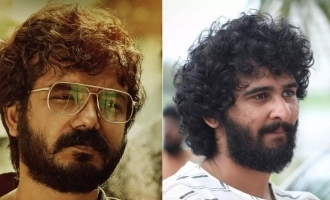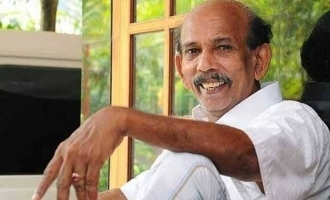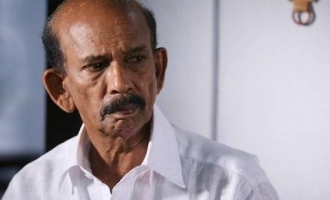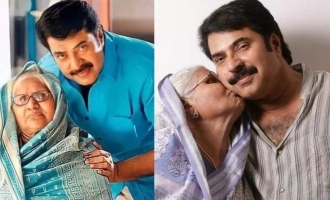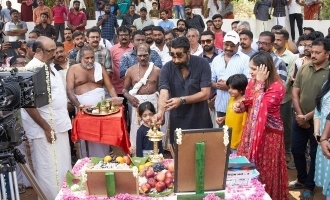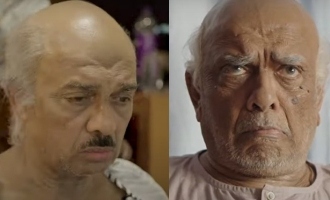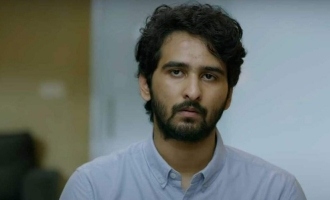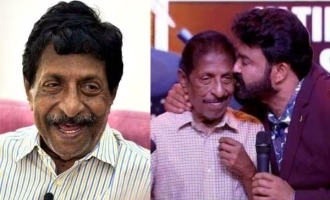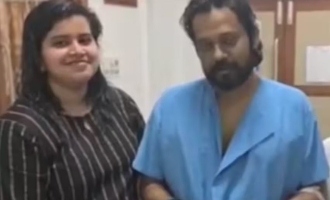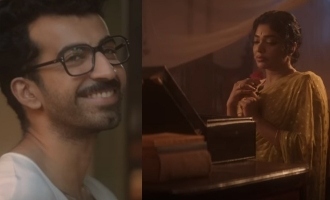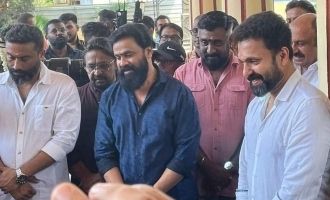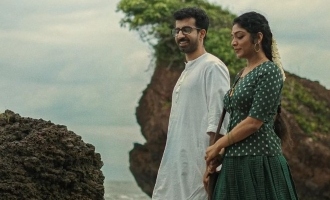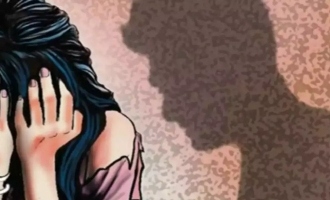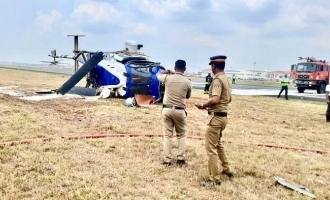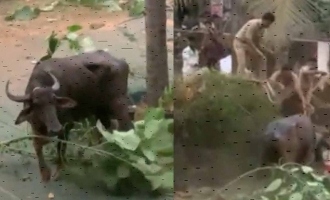A Lost Kerala in Rajeev RaviÂs Kammati Paadam !!


Send us your feedback to audioarticles@vaarta.com


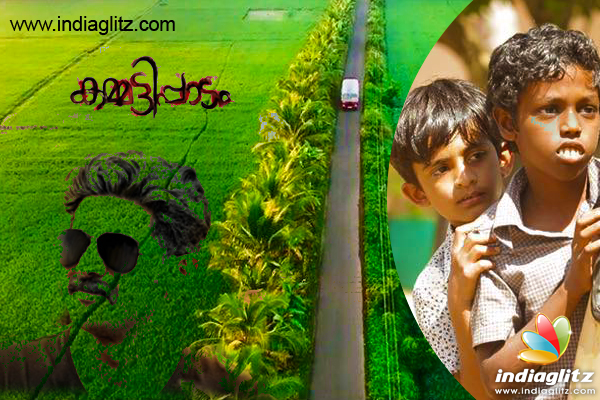
Bygone days which are now nowhere to be found, is fascinating when watched on screen. Watching Kammati Paadam` holds that fascination. Many of the sequences feel like a flip back in time, looking at a very familiar grainy album. Many would know what it feels like to live in a green and luscious field. Many would know how it feels to have all that taken away from them. Many would have seen how a village and a small town get transformed into a concrete jungle. This and more is narrated in Kammatipaadam. Often it is hard to chronicle change. Also it is interesting to think that people hardly notice change until something spectacular happens to them. Rajeev Ravi and P Balachandran have handled such a volatile yet subtle aspect as the slow churn of evolution brilliantly that the movie engages powerfully with the viewer.
The narrative which spans decades starts in the marshy green fields. A young Krishna along with his family has moved back to Kammati Paadam. The child`s life along with his two young friends Ganga and Ani Mol is very nostalgic and takes us back in time. We too would think of the days of roaming around climbing trees, catching frogs, fishing and watching the sun set over the field. A generation who have experienced all these would definitely get the feel of the movie. Art director Nagaraj along with Gokuldas and Ratheesh U K has paid minute attention to get the scenes life like. They have used the typical frog trapper, the clay pot inside which are fishes, the old houses, tiny tea stalls and shops and of course all those vehicles like the old Yezdi, bicycle, beedis, drinks and long iron swords realistically. Also nostalgic is the school life and the budding love – the sports day and gifting of the necklace.
From all this, the change to narrow roads, wired in compounds, white ambassador is palpable. This change is narrated without missing a beat. Many watching the movie would have experienced this. More fascinating is how Kamatti Paadam changes to Kochi. Balan (Manikandan)`s grandfather feels the heat of that transformation when Balan nonchalantly brushes off his protest in the gang forcefully evicting the people of the land saying that the old teachings and values has no use today. Balan says, “Its factories and buildings that are coming up”. This breaks the old man`s heart as he realises that his existence is of no use in this new world. This is where the movie shakes up the viewers and makes us think of changes that has hit us.
What is interesting is that Kammati paadam` is not judgemental. It simply tells a realistic tale – only that the perspective is from the marginalised lot, who lost out in the race towards industrialisation and is still grooping in the dark to get a bearing in this new metropolis. But it holds both sides of the viewers, a majority of whom would fall on the other side of the plane, captive – one proud of their identity and the other slightly guilty. For those who belong to and is a part or witness of that era, Kammati Paadam is a must watch film.
Follow us on Google News and stay updated with the latest!




 Follow
Follow


